3 min read
Top 10 Priorities for State Chief Information Officers
More than halfway through 2025, state Chief Information Officers (CIOs) continue to navigate a dynamic landscape of technological advancements and...
2 min read
Alex Davis : Feb 6, 2025 12:07:01 PM
-1.png)
In an era where data is a critical asset, safeguarding citizen information is paramount for public sector organizations.
State and local governments, educational institutions, and public safety agencies handle vast amounts of sensitive data daily, making them prime targets for cyberattacks.
To protect this valuable information and maintain public trust, organizations must implement robust cybersecurity strategies. Here are essential strategies for protecting citizen data.
Understanding the specific risks your organization faces is the foundation of any effective cybersecurity strategy. Risk assessments help identify vulnerabilities, prioritize critical assets, and plan appropriate defenses.
Key Actions:
Passwords alone are insufficient to secure sensitive systems and data. Multi-Factor Authentication (also known as MFA) adds an extra layer of protection by requiring users to provide two or more verification factors.
Implementation Tips:
Encryption ensures that even if data is intercepted or accessed without authorization, it remains unreadable to unauthorized parties.
Best Practices:
.png?width=2250&height=1250&name=Sourcepass%20Featured%20Blogs%20(4).png)
Not every user needs access to all data. Limiting access based on roles and responsibilities minimizes exposure and reduces the risk of insider threats.
Practical Steps:
Human error is a significant factor in cybersecurity incidents. Equipping employees with the knowledge to recognize and respond to threats is a critical defense.
Training Recommendations:
Modern cyber threats require sophisticated tools to detect and mitigate risks before they escalate.
Tools and Technologies:
Even the best defenses can be breached. An incident response plan ensures that your organization can quickly and effectively respond to minimize damage and recover operations.
Critical Elements:
Public sector organizations are often subject to specific data protection laws and standards. Compliance not only protects citizen data but also helps avoid legal penalties.
Compliance Steps:
Collaborating with trusted partners can provide additional expertise and resources to strengthen your cybersecurity posture.
Consider:
Cybersecurity is not a one-time effort but an ongoing process. Continuous monitoring and proactive adjustments are essential to stay ahead of evolving threats.
Actions:
Protecting citizen data is a critical responsibility.. By adopting a proactive and multi-layered cybersecurity strategy, public sector organizations can reduce risks, safeguard sensitive information, and maintain public trust.
At Sourcepass GOV, we specialize in helping public sector organizations implement and manage comprehensive cybersecurity solutions.
Contact the GOV team today to learn how we can help secure your systems and protect the data entrusted to you.
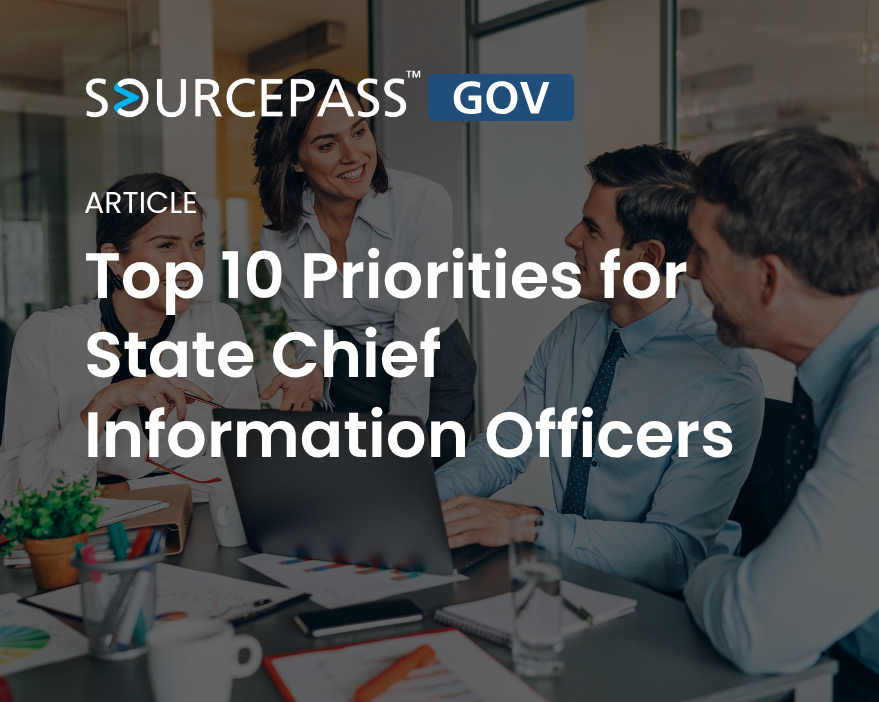
3 min read
More than halfway through 2025, state Chief Information Officers (CIOs) continue to navigate a dynamic landscape of technological advancements and...
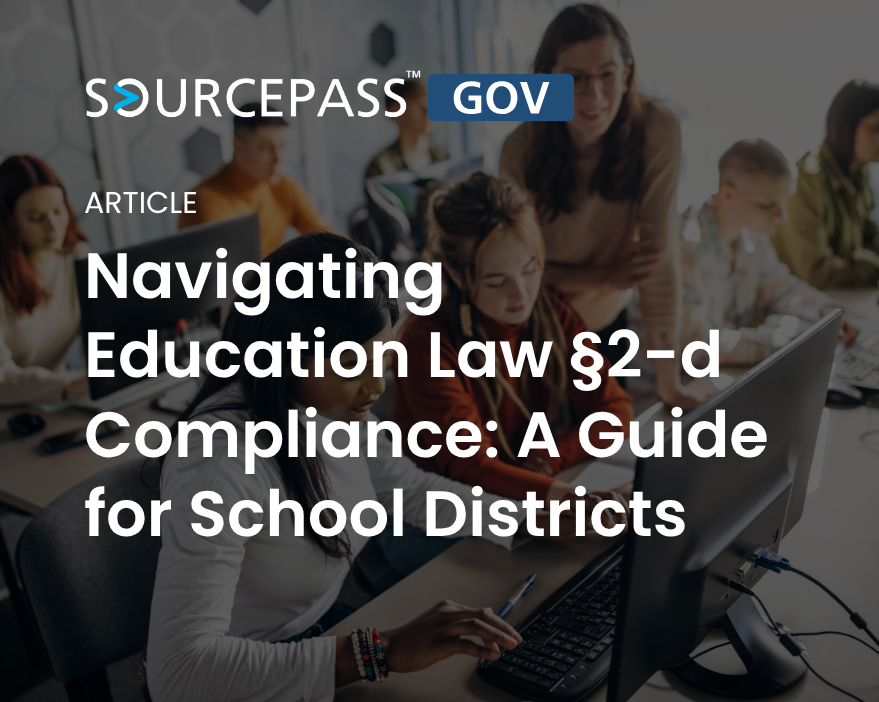
2 min read
Protecting student data is a top priority for school districts. New York's Education Law §2-d, enacted during the 2014-2015 fiscal year, sets forth...
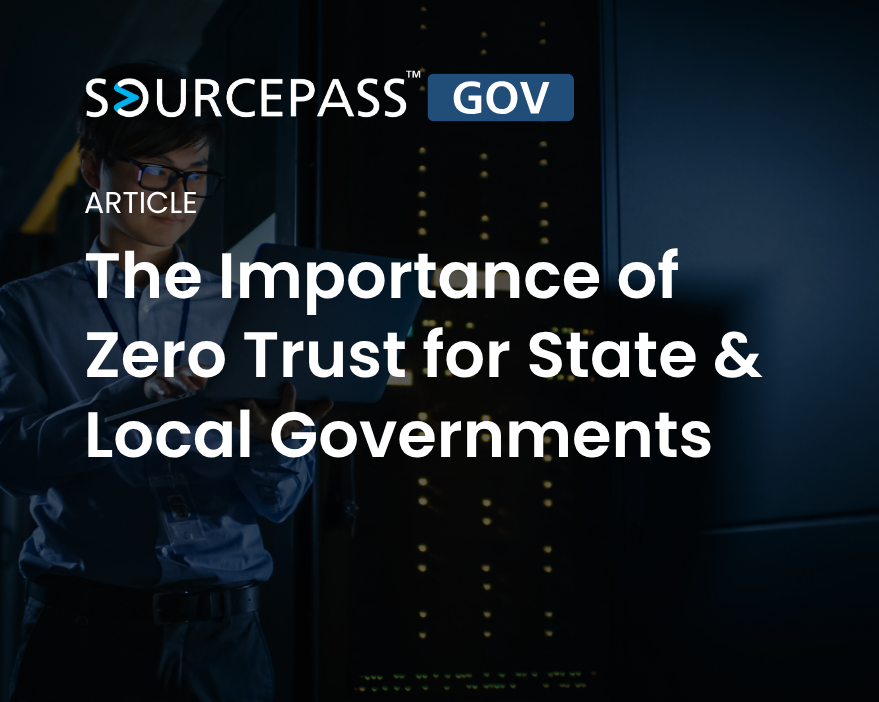
3 min read
Ransomware attacks are a significant threat to state and local governments. These attacks can cripple essential services, compromise sensitive data,...
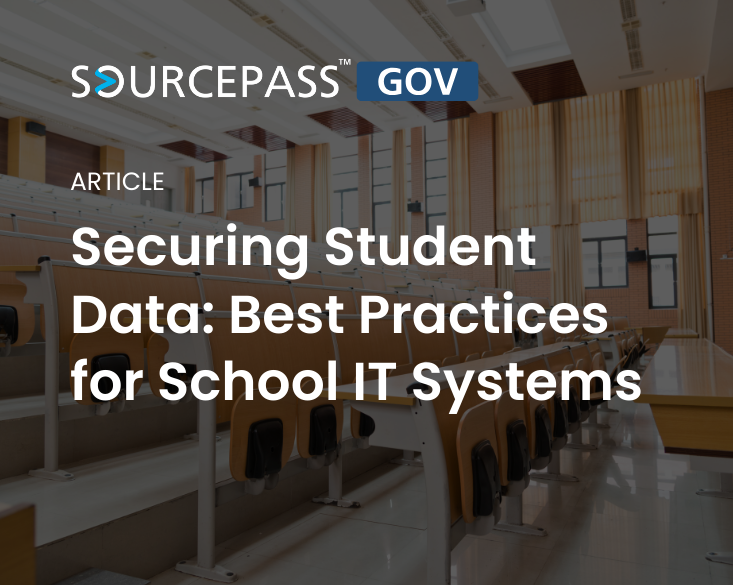
In the age of hybrid and virtual learning, schools have become increasingly reliant on technology to enhance learning, improve administrative...
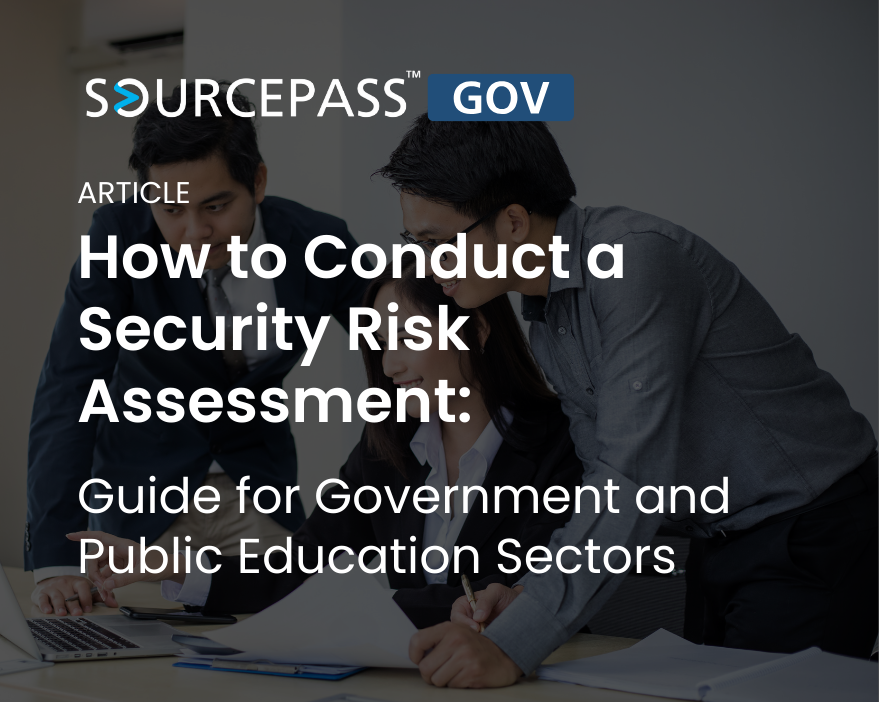
In the public sector, safeguarding your most sensitive data is a top priority. Whether it’s personal information of citizens, private student...
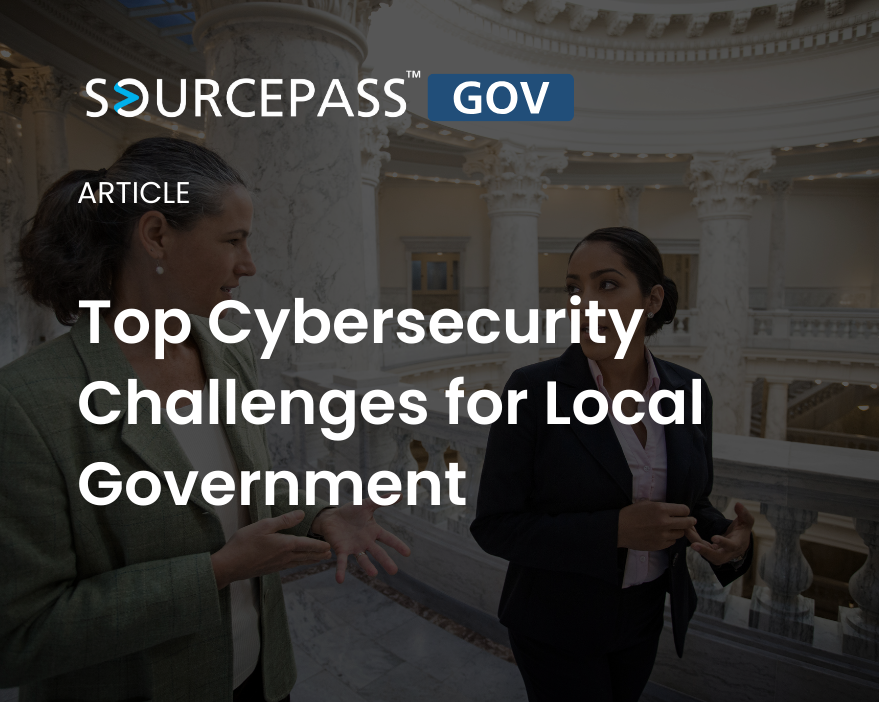
In 2025, local governments across the United States are dealing with new and emerging cyber threats. As technology evolves, so do the tactics of...